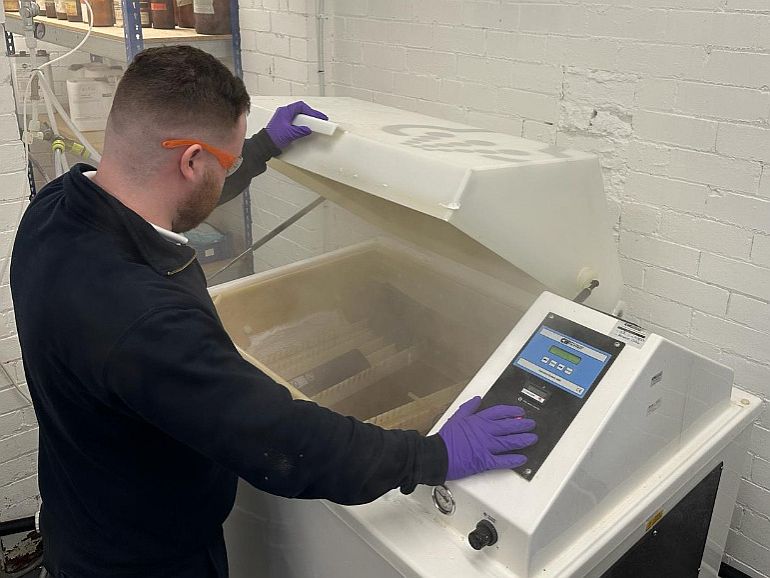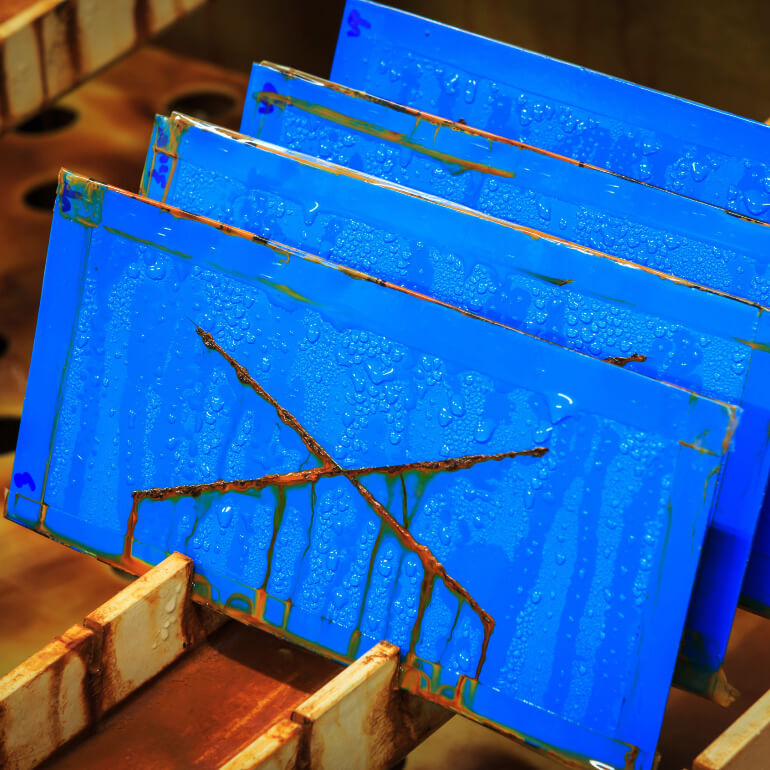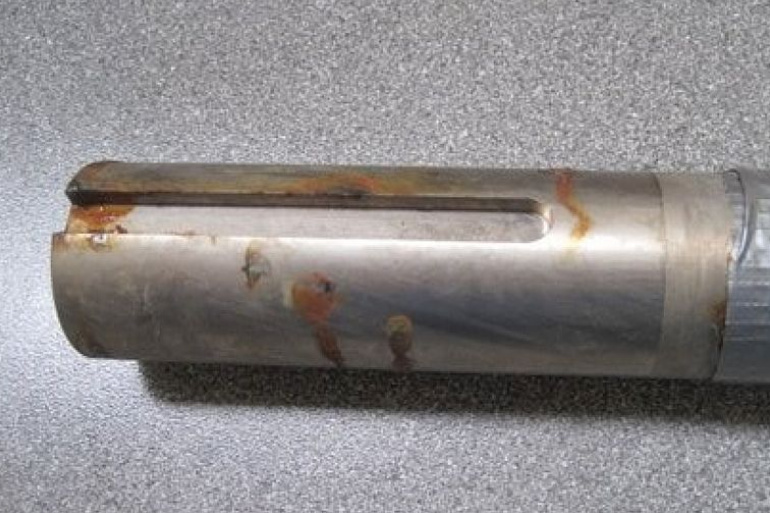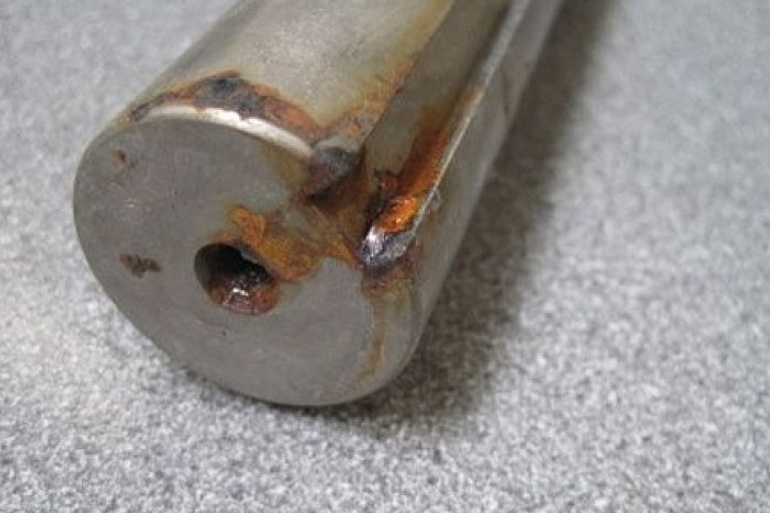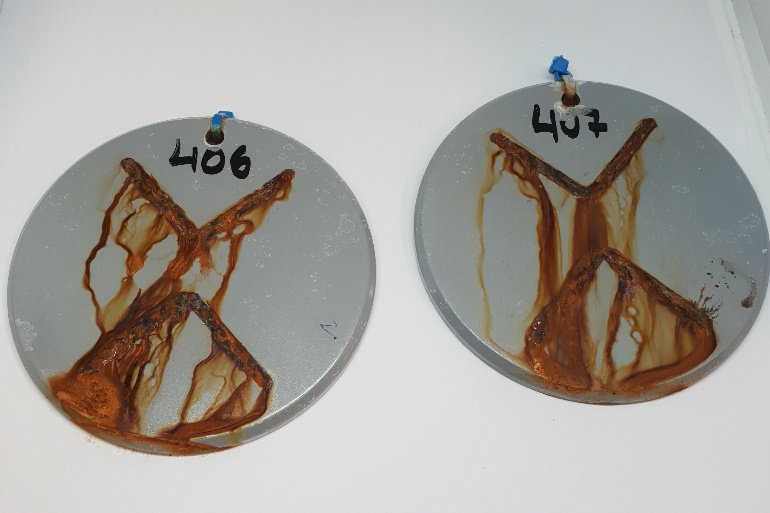The Salt Spray Testing Process

Corrosive Resistance Testing For Industrial Coatings
Overview
Salt spray tests are conducted in a closed testing chamber where an atomised saltwater solution is applied to a sample via a spray nozzle. This dense saltwater ‘mist’ or ‘fog’, combined with an elevated temperature, is used to create an amplified corrosive environment.
These chambers are typically 15 cubic feet (420 L) because of the minimum volume accepted by International Standards on Salt Spray Tests. It has been found very difficult to attain constancy of corrosivity in different exposure regions within the test chambers, for sizes below 400 litres.
After a period of time, which is dependent on the corrosion resistance of a product, the appearance of oxides is evaluated. The more resistant the product is, the longer it takes for the oxides to appear.
Testing periods can take between 24 and 1,000 hours, or more for certain coatings.
The Full Salt Spray Test Process
What We Do
Our technicians are trained to perform the salt spray test according to ISO 9227-2017 in one of our salt spray testing chambers.
For example, salt spray testing is a paint industry test method, globally recognised. Continuous exposure to salt spray at 35 ° C +/- 2 ° C with a salt solution @ 5% +/- 1%.
There are 3 main variants within the standard:
- NSS: Neutral Salt Spray – (a mixture of demineralized water and pure salt)
- AASS: Acetic Salt Spray – (NSS solution + glacial acetic acid)
- CASS: Cupro Acetic Salt Spray – (NSS solution + copper chloride) at 50 ° C +/- 2 ° C
Measuring / Test Equipment
All our measuring equipment is calibrated. This occurs on an annual basis by an external company. All parameters are checked, for example, the temperature and airflow and the chamber air pressure for atomisation.
The individual chambers are then fed with the saline solution. This has gone through several tests prior and during testing. The pH, the saline solution strength (percentage of sodium chloride in the range of 0 to 28%)
The temperature of the chamber is continuously monitored.
The concentration and pH of the saline solution is measured and monitored.
Photographs are taken of each sample before starting the test.
Testing
Starting the test cycle we…
- Place the samples in the chamber according to the test standard.
- Make sure that no sample is hiding other samples and that droplets from one sample cannot fall on other samples. Check that the room temperature is within acceptable limits.
- Check that the temperature of the air saturator is within limits.
- Check that the atomizer air pressure is within limits.
- Spray continuously with atomized saline solution at a constant chamber temperature.
- Verify that the collected solution is within acceptable limits for fallout rates.
- Check that the saline solution in the tank is less than 5.0% + / -1.0% NaCl.
- Record the pH of the saline solution in the tank.
- Check that the pH of the collected saline solution is within acceptable limits.
- Exceptions to continuous testing are allowed, on the one hand to record daily fallout collection rates and the pH of the collected solution and on the other hand for daily verification.
- Record the conductivity of deionized water when it is in use.
- Monitor the level of saline in the tank and make sure there is enough for the next 24/48 hours. (Plan a supplement for weekends). NOTE, during the weekend, the opening time of the room must be minimal and not exceed 1 h / 24 h.
- Photographs to be taken before the start of the test and at times specified by the client.
Daily checks are necessary to ensure that the standard is being met with parameters varying within limits.
Latex gloves should always be worn when handling specimens.
Photographs of the samples should be taken.
Recordings in and out of tolerance as well as downtimes and their duration should be noted in the test report, including details of any changes made.

